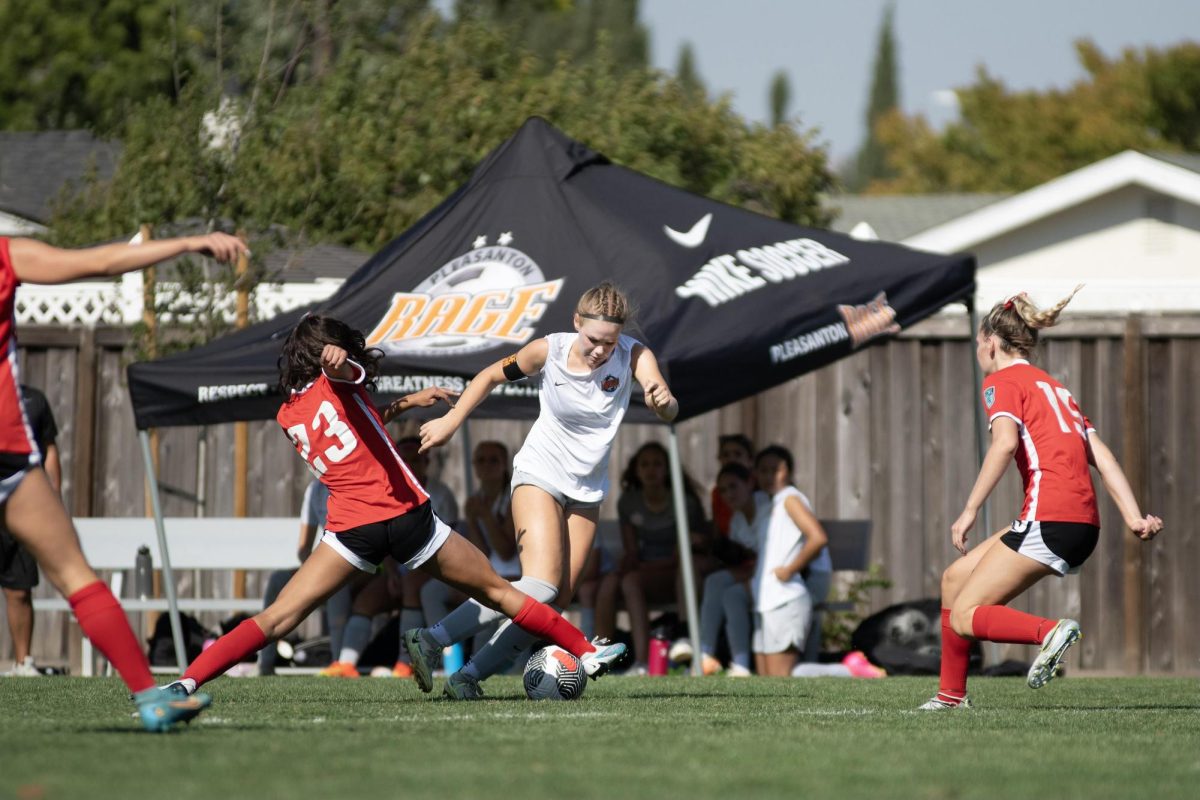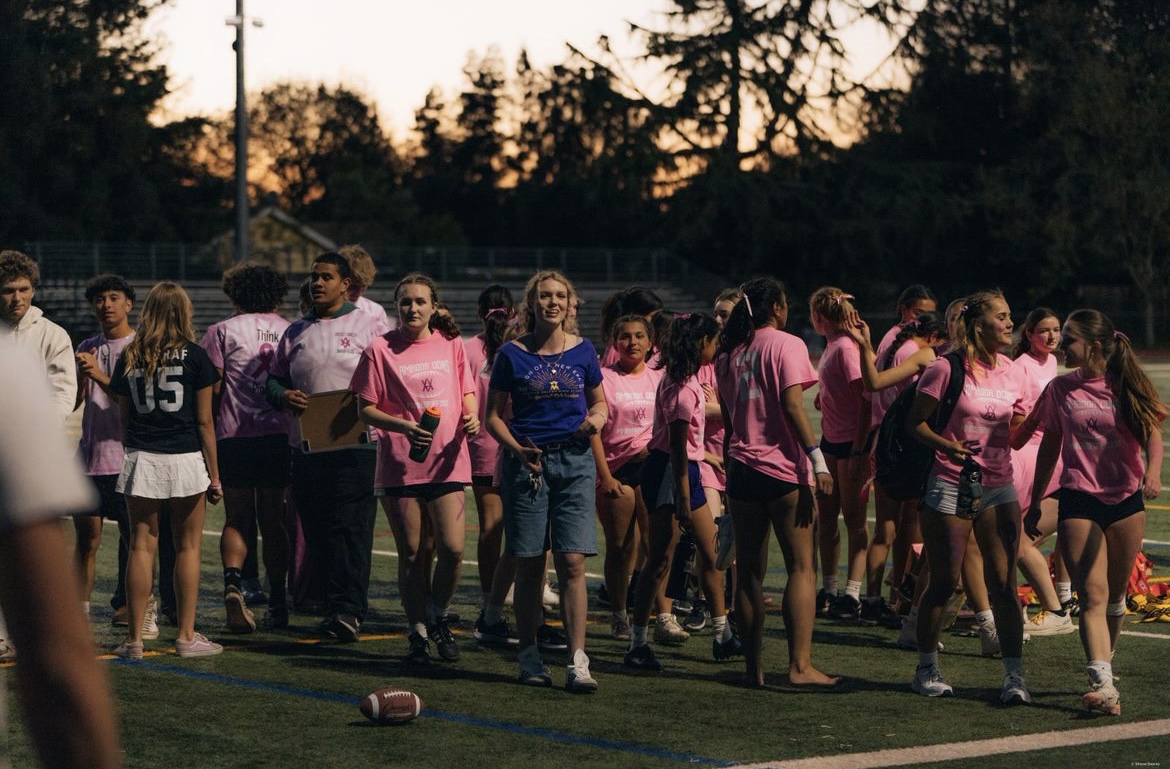With springtime in full swing, rainy days seem to be the new norm. However, this doesn’t deter Amador’s track and field athletes from persevering through their practices despite the inclement weather.
“For the most part, track and field is a sport that happens in the rain. Rainy days provide us with valuable practice to perform under less than ideal conditions,” said Track and Field Coach Jason Oswalt.
Dealing with rainy and cloudy days requires adaptability from track and field athletes. They must adjust their routines and adapt to varying weather conditions, especially as cold, wet days become more common.
“Practices usually go ahead as scheduled; we often practice despite the rain. However, on particularly rainy days, we may adjust our workout to ensure optimal performance,” said Track and Field Hurdles Captain Kaitlin Burleson-Billante (’25).
Despite predictions about have typical weather, there are still several rainy days expected throughout the spring months. Therefore, track and field captains are responsible for communicating any practice changes to their team.
“We use GroupMe to inform everyone about any changes to the workout or upcoming meets. We’ve had to step in numerous times to provide information about workouts and meet details,” said Track and Field Sprints Captain Kiwook Kim (’25).
On a regular day, track and field practice includes dynamic stretches, drills, and event-specific training. However, depending on weather conditions, athletes may opt to head to the weight room after their workout.
“When it rains, we may shorten our workout or finish quickly so that sprinters can focus on strength training in the dry environment of the weight room,” said Kim.
On meet days, rainy weather only minimally affects athletes’ races, and meets typically proceed unless there are exceptional circumstances.
“Warm-ups typically last between 45 minutes to an hour, but if it’s raining, we might ask athletes to arrive slightly later than usual,” said Oswalt.
Enduring rainy conditions has become a routine challenge for track and field athletes, prompting them to adapt to springtime weather in various ways.
“Rainy races are quite common. While tailwind can boost our speed, rain poses challenges, especially for new runners, as it’s cold and increases the risk of injury. To prevent injuries, we ensure to stay warm and keep extra clothing on until we’re ready to start our race,” said Kim.











